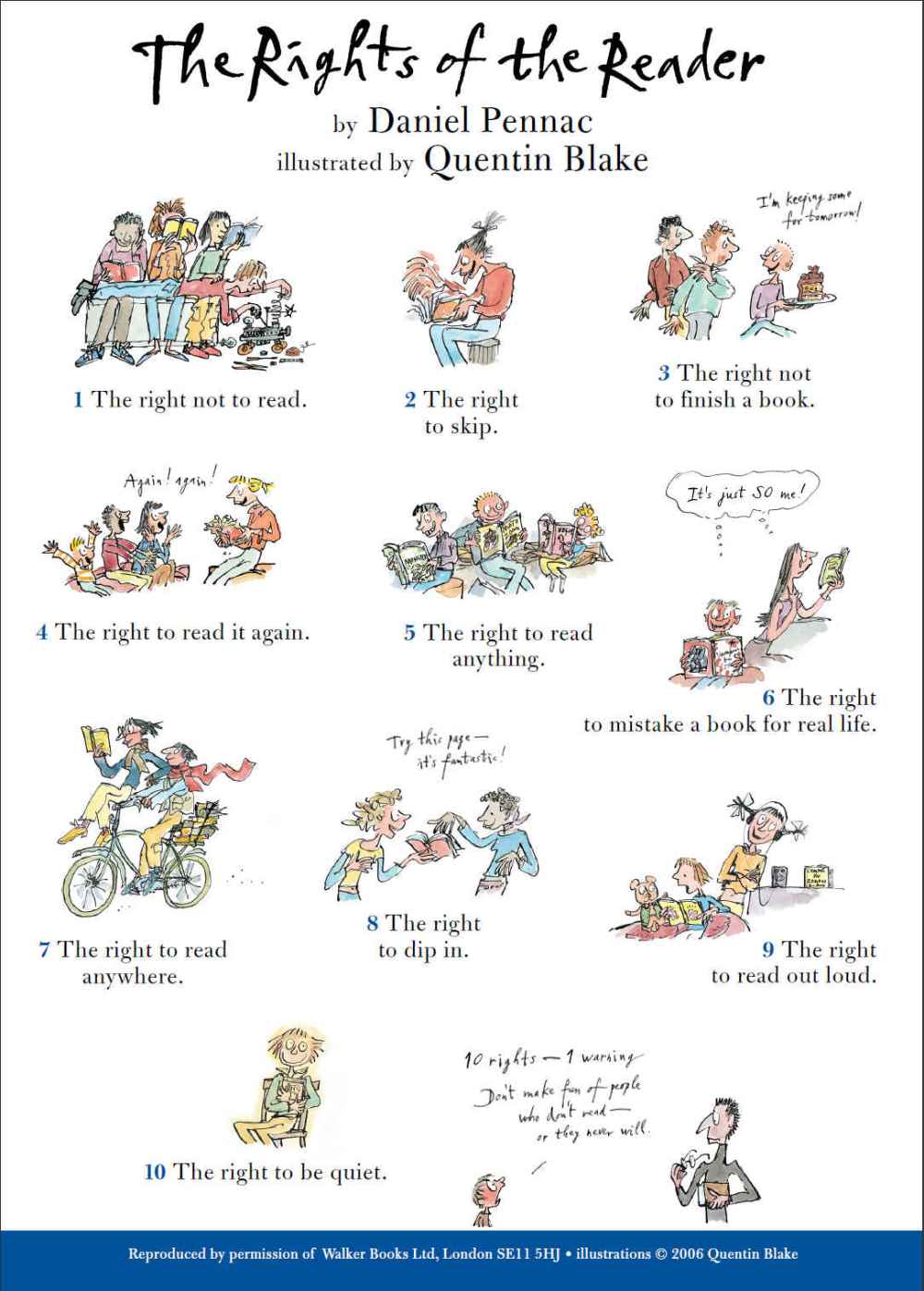Students from all partner schools are currently engaged in the extensive reading stage. The project aims to make reading a pleasurable experience by allowing students to access easy, enjoyable texts. After discussing “The Rights of the Reader” and explaining that there will be NO tests, teachers introduce the mobile libraries to the classes. Learners are encouraged to manage the library independently and to take it in turns to be in charge of the borrowing process. They also fill in a “reading log” to keep track of the number of books they have read.

What is extensive reading?
Extensive reading is reading as much as possible, for your own pleasure, at a difficulty level at which you can read smoothly and quickly without looking up words or translating to English as you go. In other words, instead of spending a half hour decoding a tiny part of one book (also known as intensive reading), you read many simpler books that are at or slightly below the level at which you read fluently. This lets you get used to reading more complex sentences with ease, reinforces the words you already know and helps you learn new words from context.
What are the principles of extensive reading?
Start with stories that are well below your fluent reading level, and while reading, follow these principles:
1. Don’t look up words in the dictionary.
2. Skip over parts you don’t understand.
3. If you aren’t enjoying one book, toss it aside and get another.http://joechip.net/extensivereading/what-is-extensive-reading/
Here are a few photos of the students and teachers from class VA of the Olivetti School in Fano (Polo 3) getting acquainted with the library.
Teachers can find ideas and tools on the Read On! website hosted by Oxford University Press.


